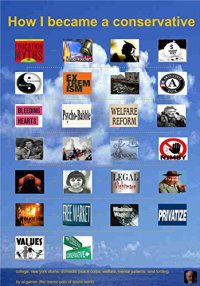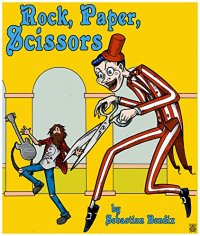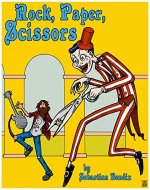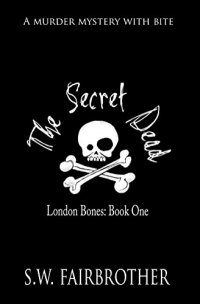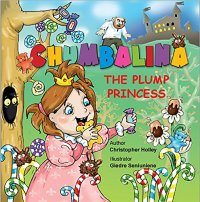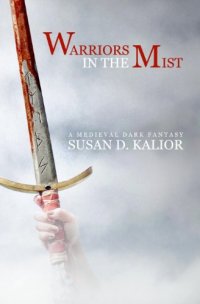The book tracks my odyssey through college, NY slums, domestic peace corps, welfare, running a home for mental patients, land lording, and writing.
It shows how probably most people’s ideas would have been formed if they had had my experiences of: growing up in in the conservative ’50s in one of the most conservative areas (Orange County, Calif.), moving to one of the most liberal (New York City), serving in the liberal domestic peace corps, working in liberal social work in the liberal late ’60s, living in the slums, starting and running a home for mental patients, and becoming a landlord in ’78.
It shows how liberals, in their quest for “social justice,” think that those with more somehow cheated those with less. Those with more are “guilty” and those with less are “victims.” Thus liberals favor tenants over landlords, labor over management, consumers over business, minorities over whites, the young over the old [establishment], the poor over “society,” and criminals and bums over “society.”
The upper and middle classes would like the book as they are portrayed as the “oppressive” establishment. The working class would like it as they are often told something’s wrong with their position. The responsible poor would like it as it separates them from the irresponsible.
It would be useful to those at all levels in charity, teaching, law, corrections, police work, journalism, religion, and politics. It should be basic for students considering social work. It explains the quote [by Churchill?]: ‘If you’re 20 and not a liberal, you have no heart. If you’re 40 and not conservative, you have no brain.’
It draws on the views of Ronald Reagan, Milton Friedman, Edward Banfield, Jack Kemp, Dick Armey, and Thomas Sowell.
